Sharks, the apex predators of the ocean, have always fascinated scientists and researchers. While we often associate sleep with closing our eyes and resting, the sleeping habits of sharks are quite different.
In this article, we will dive into the mysterious world of shark sleep, debunking myths, exploring scientific studies, and unraveling the unique sleeping habits of these magnificent creatures.
Join us as we uncover the truth about how sharks sleep and the impact it has on their behavior and lifestyle.
The Mystery of Shark Sleep

Sharks, the enigmatic inhabitants of the deep blue, have puzzled scientists for decades with their unique sleeping habits. The question “how do sharks sleep” has intrigued marine biologists and researchers, driving them to uncover the secrets of these ancient predators. Unlike humans, sharks don’t have eyelids to close, and the concept of slumber seems elusive in their realm.
Among the vast array of shark species, some exhibit intriguing sleep patterns. While it’s known that sharks sleep, it’s not in the same manner as humans. Modern sharks, including the formidable great white sharks and the captivating hammerhead sharks, have evolved distinct ways to rest within the currents of the oceans.
Buccal pumping sharks, like the powerful Caribbean reef shark, engage in active shut-eye. They slow their movements, allowing oxygen-rich water to flow over their gills, permitting them to extract oxygen even while stationary. On the other fin, ram-ventilating sharks such as the swift mako sharks continue to swim even during rest, relying on their forward motion to push water through their gills for respiration.
Sharks, spanning back to ancient times, have swum through the pages of Earth’s history. Their existence traces back over million years to the time of dinosaurs. These cartilaginous fishes have survived mass extinctions and ever-changing oceanic environments, evolving into the diverse species we see today.
From the depths where the mysterious ghost sharks roam to the majestic whale sharks patrolling the oceans, the intricacies of shark sleep continue to elude scientists. As apex predators, sharks play a vital role in maintaining the balance of marine ecosystems. Their protruding jaws, lined with rows of formidable teeth, evoke both fear and fascination among humans.
In the intricate dance of shark evolution, the question of sleep remains an alluring enigma. The world beneath the waves holds ancient secrets, and while we glimpse into the lives of these captivating creatures, the true depths of their slumber remain submerged in the currents of time.
Debunking Myths About Shark Sleep
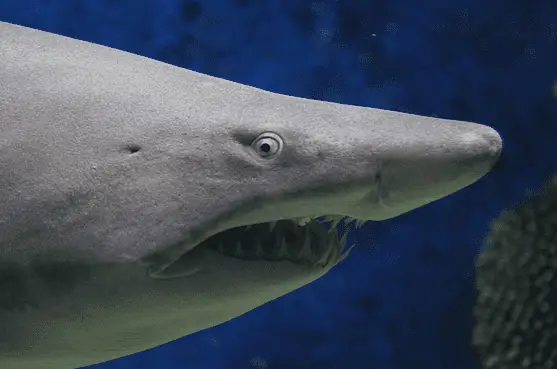
Over the years, many myths have surrounded the topic of shark sleep. One common misconception is that sharks must keep moving to stay alive. While it is true that sharks need water flowing over their gills to obtain oxygen, they can still extract enough oxygen from the water even when stationary.
Another myth is that sharks sleep with one eye open. Contrary to popular belief, sharks have a “tonic immobility” response, which allows them to enter a state of temporary paralysis when flipped over.
During this time, their eyes remain open, giving the illusion that they are still awake. However, this behavior is not considered true sleep.
Scientists have also debunked the myth that sharks need to constantly swim to avoid sinking. Unlike bony fish, sharks have a large liver filled with oil that helps them maintain buoyancy. This allows them to stay afloat even when they are not actively swimming.
Scientific Studies on Shark Sleep

Unveiling the mysteries of how sharks sleep has intrigued marine biologists for years. Amidst the diverse realm of shark species, understanding the sleep patterns of these ancient sharks has been a captivating quest.
Unlike humans, most sharks never truly experience deep rest. Their version of slumber involves a unique balance between rest and vigilance.
Modern sharks, from the powerful great white sharks to the elusive hammerhead sharks, have evolved distinct strategies. Some, like the Caribbean reef shark, engage in buccal pumping, a process of drawing oxygen-rich water over their gills, even while stationary.
Others, such as the swift mako sharks, adopt ram ventilation, propelling themselves forward to force water through their gills.
These captivating creatures, with their protruding jaws and dermal denticles, are a testament to millions of years of shark evolution. As apex predators, their role in marine ecosystems is paramount, shaping the delicate balance of life beneath the waves.
From the oxygen-rich water flowing through their gills to their ceaseless movements in the oceans, sharks continue to captivate both scientists and enthusiasts, offering glimpses into a world that has evolved alongside ours for millions of years.
The Unique Sleeping Habits of Sharks
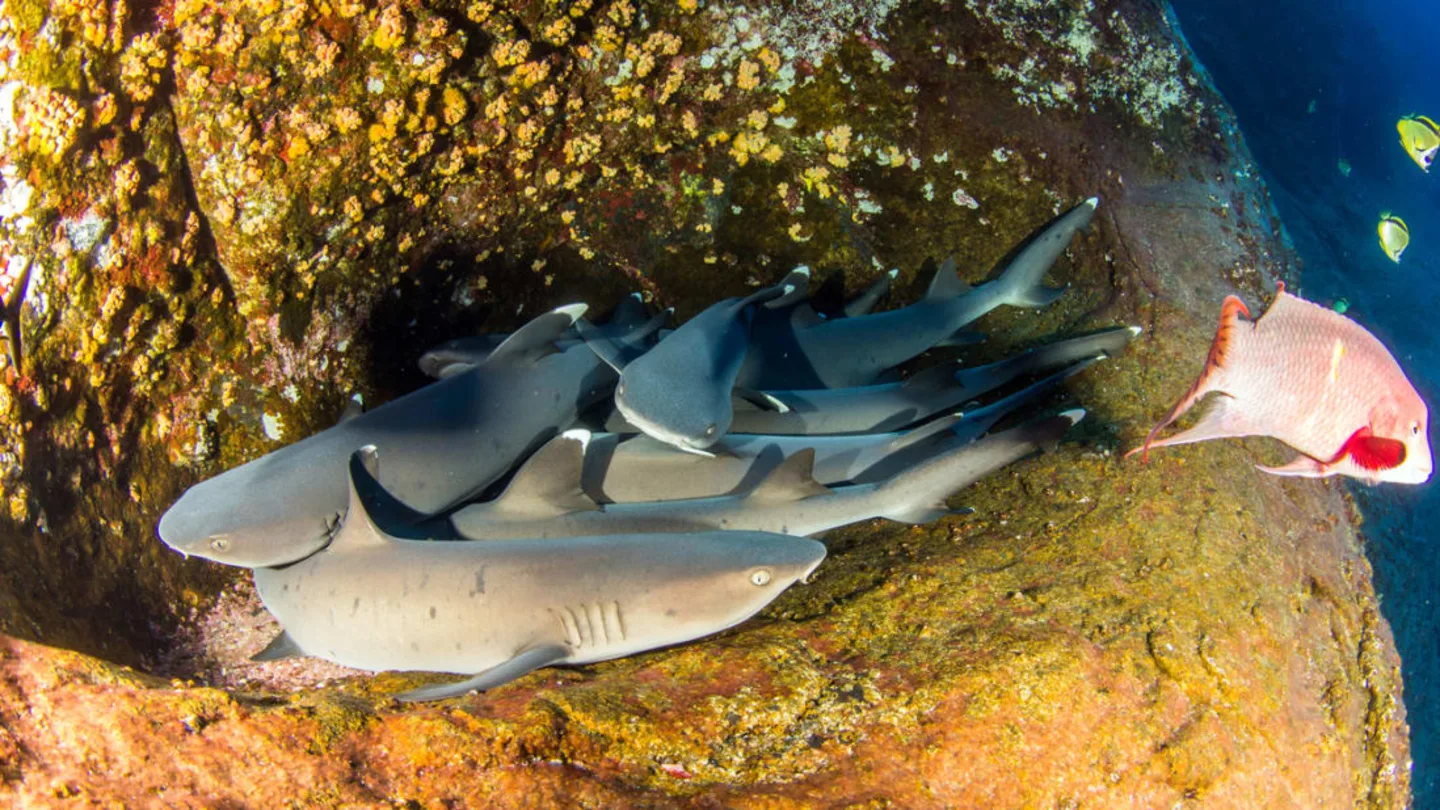
Sharks, the majestic creatures of the deep, have sleep habits that are truly extraordinary. While they may not sleep in the conventional sense like other animals, they have developed fascinating adaptations to ensure their survival in the vast ocean.
Sleep Without Closing Eyes
One of the most intriguing aspects of shark sleep is their ability to enter a state of quiescence without closing their eyes. Unlike humans and many other animals, sharks do not have eyelids to shut out the world. Instead, they keep their eyes wide open even while resting. This adaptation allows them to maintain constant awareness of their surroundings, ensuring they are always ready to react to any potential threats or opportunities that may arise.
Imagine, for a moment, being able to rest peacefully while keeping a watchful eye on everything happening around you. This is precisely what sharks do. Even in their state of rest, they remain vigilant, ready to spring into action at a moment’s notice.
The Role of Buoyancy in Shark Sleep
Another fascinating aspect of shark sleep is the role of buoyancy. Sharks have evolved a specialized structure called a “spiracle” located behind their eyes. This unique adaptation allows them to pump water over their gills, even when they are stationary. This mechanism ensures a constant flow of oxygen, enabling them to maintain their quiescent state without sinking to the bottom of the ocean.
Just picture a shark in its slumber, effortlessly suspended in the water column, buoyed up by the forces of nature. While other creatures may struggle to stay afloat when they rest, sharks have found a way to embrace the ocean’s currents and use them to their advantage.
It is truly remarkable how sharks have adapted to their environment, even when it comes to something as fundamental as sleep. These incredible creatures have honed their sleeping habits to perfection, allowing them to thrive in the vast and ever-changing ocean.
Next time you see a shark gracefully gliding through the water, remember that beneath its sleek exterior lies a creature with unique sleeping habits that are as awe-inspiring as the ocean itself.
Different Sleep Patterns Among Shark Species
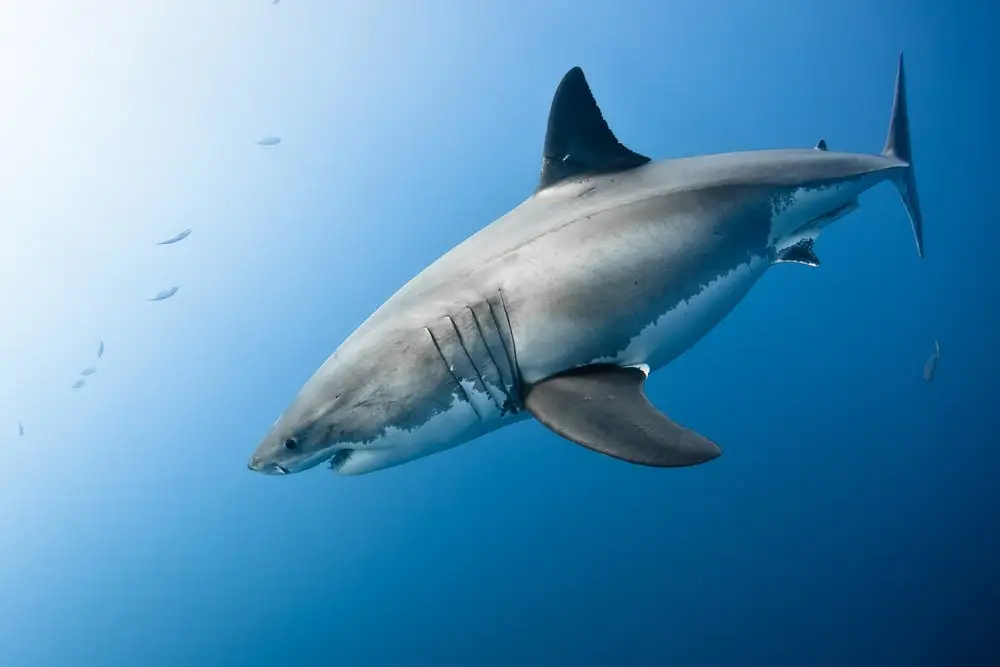
Sharks, the magnificent creatures of the deep, have always fascinated scientists and enthusiasts alike. While the sleeping habits of sharks as a whole remain a subject of ongoing study, it is important to note that sleep patterns can differ among different species. Let’s take a closer look at the intriguing and diverse sleeping habits of two well-known shark species:
Sleep in Great Whites
Great white sharks, often hailed as the apex predators of the ocean, are known for their powerful hunting abilities. However, even these mighty creatures need to rest. Research suggests that great white sharks engage in a form of sleep known as “cruising quiescence.” During this period, they exhibit a fascinating behavior that combines rest and vigilance.
While in cruising quiescence, these magnificent sharks swim slowly near the surface of the water, with their dorsal fin exposed. This behavior allows them to conserve energy while maintaining a state of heightened awareness. It is believed that this unique sleep pattern enables great white sharks to remain ready for any potential prey or threats that may come their way.
Sleep in Hammerhead Sharks
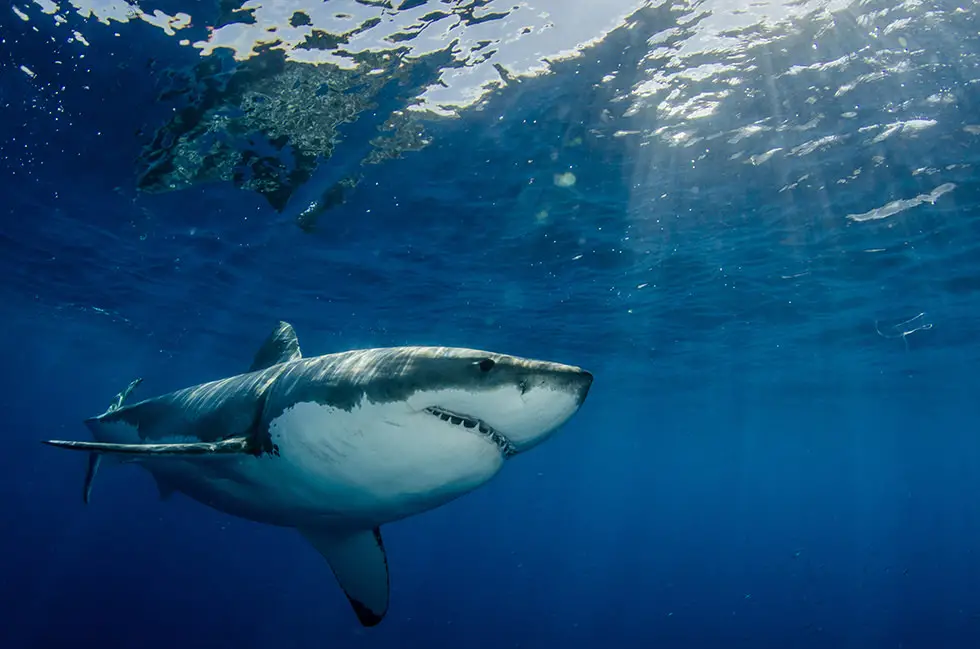
Hammerhead sharks, with their distinctive head shape that has captivated the curiosity of shark enthusiasts worldwide, exhibit their own intriguing sleep behavior. Studies have shown that hammerhead sharks engage in a unique sleep pattern known as “paraspinal swimming.”
During paraspinal swimming, these remarkable creatures arch their backs and swim in a circular motion. This behavior is believed to serve multiple purposes, including regulating their body temperature and conserving energy. By swimming in this circular motion, hammerhead sharks can maintain a steady flow of water over their gills, ensuring a constant supply of oxygen even during their restful state.
The diverse sleep patterns observed in these two shark species highlight the incredible adaptability and survival strategies of these ancient creatures. While great white sharks opt for cruising quiescence to stay vigilant, hammerhead sharks have developed the unique paraspinal swimming technique to ensure their physiological needs are met even during sleep.
As scientists continue to delve deeper into the world of shark sleep, there is still much to uncover and understand. Exploring the intricacies of sleep patterns among different shark species not only provides valuable insights into their biology but also deepens our appreciation for the marvels of the underwater world.
The Impact of Sleep on Shark Behavior and Lifestyle
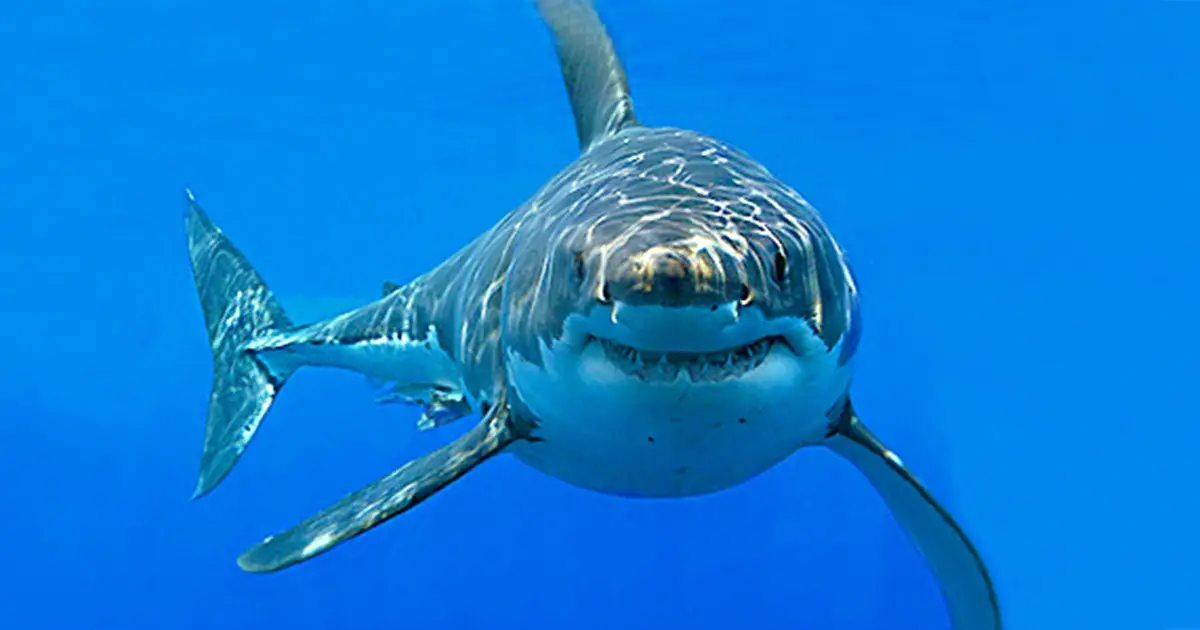
Sleep plays an essential role in the overall behavior and lifestyle of sharks. While they may not require as much sleep as land-dwelling animals, rest periods are crucial for their survival and well-being. Here are a couple of ways in which sleep impacts shark behavior:
Hunting and Feeding During Sleep
Contrary to what one might expect, sharks are capable of hunting and feeding even during their sleep periods. Their unique ability to remain partially awake enables them to respond quickly to potential prey, ensuring a constant supply of food in their oceanic realm.
How Sleep Affects Shark Migration
Migration is an integral part of the life cycle of many shark species. Sleep provides sharks with the necessary rejuvenation to undertake these long and often strenuous journeys. By conserving energy during resting periods, sharks can navigate large distances without exhausting themselves.
Conservation Implications of Understanding Shark Sleep
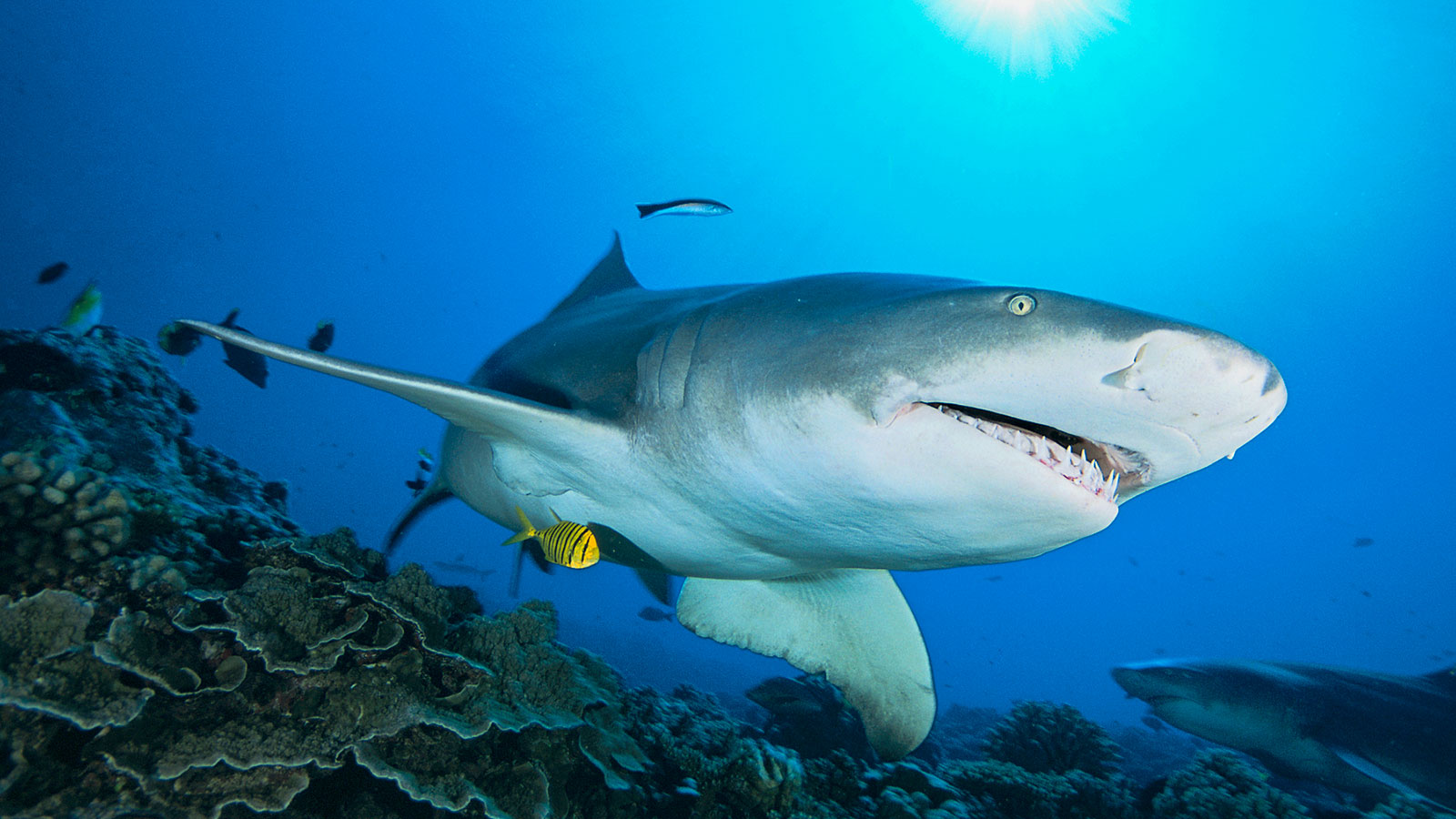
Understanding the sleeping habits of sharks is not only fascinating but also crucial for their conservation. By gaining insight into their sleep patterns, researchers can develop measures to protect these endangered creatures. Here are a couple of ways sleep studies can aid in shark conservation:
How Sleep Studies Can Aid Shark Conservation
Research on shark sleep can provide valuable insights into their vulnerability to human activities, such as fishing practices, pollution, and habitat destruction. By understanding how disturbance during sleep periods affects sharks, conservation efforts can be tailored to minimize these impacts and safeguard their populations.
The Effect of Human Activity on Shark Sleep Patterns
Human activities, including underwater noise pollution and habitat degradation, can disrupt shark sleep patterns and have detrimental effects on their overall well-being. By studying the impacts of these disturbances, scientists can advocate for regulations and guidelines that promote the conservation of shark habitats and reduce human-induced disruptions.
Conclusion
Shark sleep remains a captivating area of study that continues to intrigue scientists and researchers. While their sleep patterns may differ from those of land-dwelling animals, sharks have adapted unique mechanisms to ensure their survival in the vast ocean.
Understanding their sleeping habits is not only a matter of scientific curiosity but also holds important implications for their conservation. By unraveling the mysteries of shark sleep, we can strive to protect these magnificent creatures and ensure the health and balance of our marine ecosystems.

